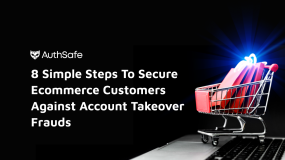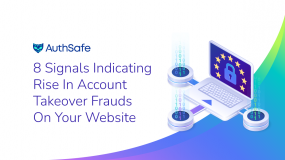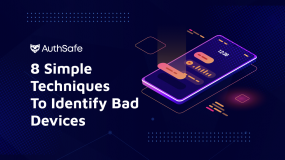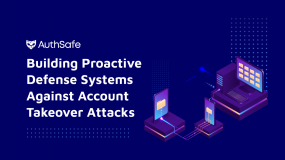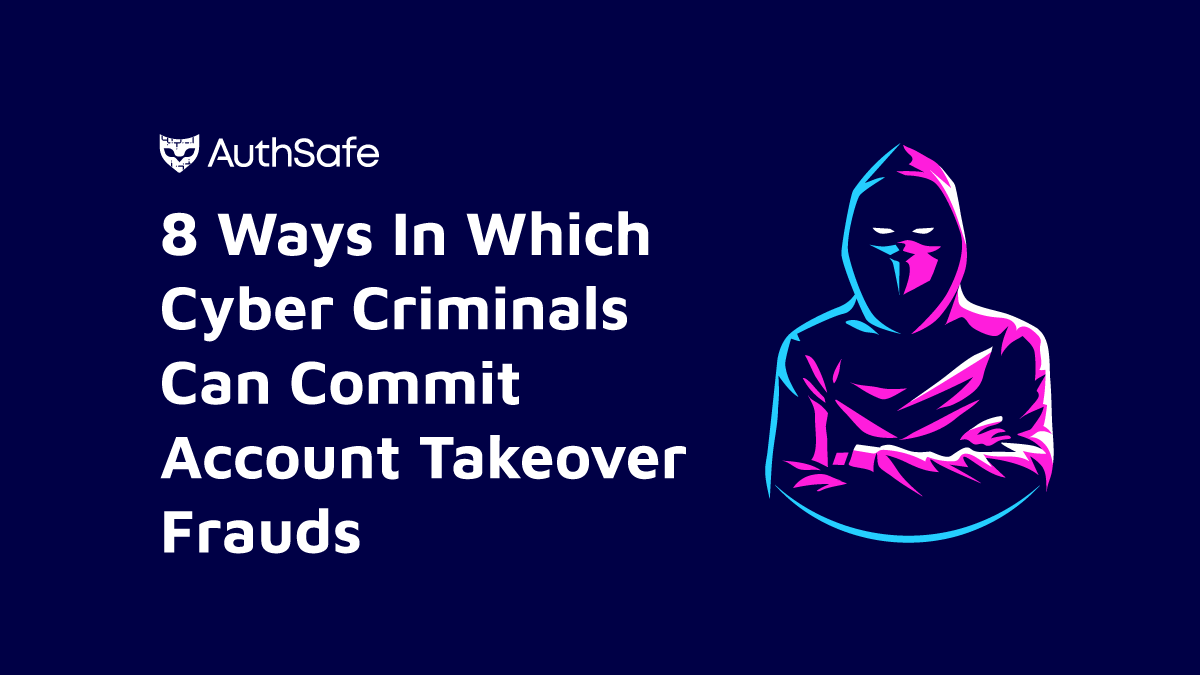
One of the most damaging types of fraud is Account Takeover (ATO) – an attack costing millions of dollars. Account takeover fraud refers to the unauthorized access and control of an individual’s online account, often for malicious purposes such as stealing sensitive information or committing financial fraud.
ATO happens when cyber criminals take over your accounts by stealing personal information. This includes email account data or security credentials and access to critical systems and applications.
Here’s how it works: hackers gain access to the login credentials of your online accounts through phishing schemes (fake emails designed to look like they’re from legitimate companies), brute-force attacks (using computer software that tries every possible combination of letters and numbers until it finds the right one), and keylogging malware (malicious software that logs your keystrokes and steals passwords).
Once they’ve compromised your account, hackers can change or delete important data or transfer funds out of your account.
This article will take you through some of the most common and effective ways in which cybercriminals go about it.
Here are the top 8 ways in which cybercriminals can commit account takeover frauds.
1. Third-Party Breach
Third-party breaches are one of the most common ways cybercriminals can commit account takeover fraud. This is because many companies do not have the necessary precautions to prevent their customers’ data from being stolen by third parties.
One such instance is from Saudi Arabia.
One terabyte of data belonging to the Saudi Arabian Oil Company, often known as Saudi Aramco, was stolen. This data includes information on its employees, clients, sites, reports, and project documents. The information was available for $5 million on the dark web until Aramco paid $50 million to destroy it. According to Saudi Aramco, the intrusion was the result of a flaw at a third party.
2. Email Phishing
96% of phishing attacks rely on email. This is because it’s simple to do, and most people are at least slightly gullible.
A cybercriminal will send you an email that looks like it comes from your bank or another trusted entity. But the email contains an attachment or link that downloads malicious software onto your computer. Once installed, this malware can give the attacker access to your passwords, banking information, and other sensitive data.
The best way to protect yourself against email phishing attacks is to delete suspicious emails immediately—especially those that come from an unknown sender or look like someone you know (but aren’t). If you click on a link in an email, check if it goes where it says it does before entering any personal information or logging into your account.
3. Brute Force Attacks
A brute force attack attempts to gain unauthorized access to a network or system by trying as many combinations of login credentials as possible. This type of attack is easy to perform & very hard to stop. That’s why it’s so popular among cybercriminals.
These attacks are so effective because they take advantage of the fact that most people don’t use strong passwords and reuse them for multiple accounts. This means that if you get hacked once, the same password could be used on other websites or apps to conduct similar fraud in the future.
4. Malware
Malware is a general term for malicious software that can take over your computer, steal information from it, or perform other actions not authorized by you.
There are several types of malware that can be used to commit account takeover fraud. Some of the most common ones include:
Trojan horses – Malware that disguises itself as a legitimate program, allowing attackers to steal sensitive information such as passwords.
Banking Trojans – Malware specifically designed to target financial institutions and steal banking information.
KeyLoggers – Malware that records every keystroke made on an infected device, capturing passwords and other sensitive information.
Ransomware – Malware that encrypts a victim’s files and demands payment in exchange for the decryption key.
Spyware – Malware that covertly gathers information about a user, including passwords and other sensitive information.
It’s important to note that this is not an exhaustive list, and new forms of malware are constantly being developed. To protect against account takeover fraud, it’s recommended to use strong passwords, keep your software up-to-date, and use antivirus software.
For example, attackers may use malware to access your bank account and transfer money. You could leave yourself vulnerable to malware attacks if you’re not careful about keeping your computer updated with the latest security patches.
5. Man-in-the-Middle (MitM) Attacks
In a Man-in-the-middle attack, cybercriminals can intercept and manipulate information between two parties, such as a user and a server. This means they can perform functions such as changing or deleting content or even impersonating one party to obtain sensitive information from the other.
This attack can be used to access sensitive information, such as login credentials for email accounts and other online services, by tricking users into thinking that they are talking directly to each other when they are not.
It can also be used to steal money from people’s bank accounts by hacking into their computers and changing their PIN numbers so they cannot access their accounts until they contact their banks and reset them.
6. Malicious Extensions
Cybercriminals use malicious extensions to modify browsers’ settings and steal sensitive information, such as login details.
The malicious extension can be downloaded from a website or installed through a drive-by download. The latter occurs when a user visits a compromised website, and malicious code is automatically downloaded to their computer.
Once installed, the malicious extension can modify browser settings without the user’s knowledge and steal their sensitive information.
7. Password Reuse Attack
Password reuse is a common attack that cybercriminals use to take over your accounts. At least 65% of people reuse passwords across multiple sites and services. This is where they use your credentials from another website or service to access an account you have on another site.
Many people reuse their passwords for multiple accounts and don’t realize how vulnerable this makes them.
For example, if you use the same password for your email account as you do for your banking account. Then a cybercriminal can gain access to your email by using it as a username on the bank’s website.
8. Social Engineering Fraud
Social engineering is a fraud where the perpetrator tricks people into giving up sensitive information, such as their password or credit card details. This can be done by calling someone and pretending to be from their bank or texting them to say they need to click on a link to update their account information.
Social engineering is often combined with phishing attacks, where criminals send out fake emails that appear to come from legitimate companies such as banks or tech companies. The emails will ask you to click on a link so they can verify your details.
However, by clicking on these links, you’re downloading software that gets installed onto your computer, giving cybercriminals your network.
For example, a cybercriminal may call a salesperson and pose as someone from the accounting department. He may say they need access to their account to verify some information for an audit. The salesperson would then give out their login credentials over the phone, allowing the criminal to access the company’s network.
To Conclude
Account takeover frauds will likely remain prevalent, given that ordinary cybercriminals can execute them. However, given their prevalence, people should be aware of what actions they can take to reduce their likelihood of being victimized. Awareness is the key, and we hope this post has inspired you a little more.
If you want to protect your company and customers, look no further than AuthSafe. We’ll help you secure your network, regardless of size or industry.


